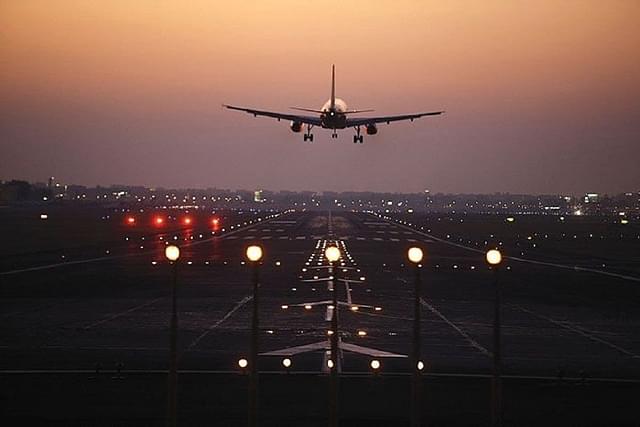News Brief
Aviation Ministry Aims To Transform 300 Airstrips Into Airports, Enhancing Connectivity To Smaller Cities

India is emerging as one of the world's fastest-growing civil aviation markets. (Representative Image)
The Ministry of Civil Aviation is shifting its focus to activating numerous airstrips across the country to improve connectivity to Tier II and Tier III cities, adding to the ongoing development of greenfield airports in major cities.
“The ministry has reviewed the full list of 453 airstrips in the country and around 157 of them are operational,” the Ministry of Civil Aviation Secretary Vumlunmang Vualnam said, as per Economic Times report.
He highlighted the development in his inaugural address at 'CAPA India Aviation Summit 2024' held on 5 June, and added that more airstrips would be developed as brownfield projects.
India is emerging as one of the world's fastest-growing civil aviation markets, witnessing a surge in domestic air traffic and significant expansions in both airline fleets and operations.
The secretary added that the number of airports in the country has increased to 157 from 74 in the last 10 years.
While India currently has 157 airports, primarily managed by the Airports Authority of India, numerous airstrips across the nation have been dormant for several decades. Some of these airstrips have remained inactive since around the time of India's independence.
"Which are the ones which need priority developments in the radius of 100 km, which are the ones which serve more populations or serve more industrial development areas," said Vualnam, outlining the criteria the ministry is evaluating before proceeding with operationalising these airstrips.
"We also look at the defence air fields, whether the joint user concept is something that we can expand upon," he added.
The government is considering a 25-year timeframe to establish a comprehensive airport ecosystem.
It recognises the potential for smaller airports to contribute a substantial portion of traffic to larger airports, mirroring the way smaller airports currently facilitate operations for major airlines.
Support Swarajya's 50 Ground Reports Project & Sponsor A Story
Every general election Swarajya does a 50 ground reports project.
Aimed only at serious readers and those who appreciate the nuances of political undercurrents, the project provides a sense of India's electoral landscape. As you know, these reports are produced after considerable investment of travel, time and effort on the ground.
This time too we've kicked off the project in style and have covered over 30 constituencies already. If you're someone who appreciates such work and have enjoyed our coverage please consider sponsoring a ground report for just Rs 2999 to Rs 19,999 - it goes a long way in helping us produce more quality reportage.
You can also back this project by becoming a subscriber for as little as Rs 999 - so do click on this links and choose a plan that suits you and back us.
Click below to contribute.
Latest